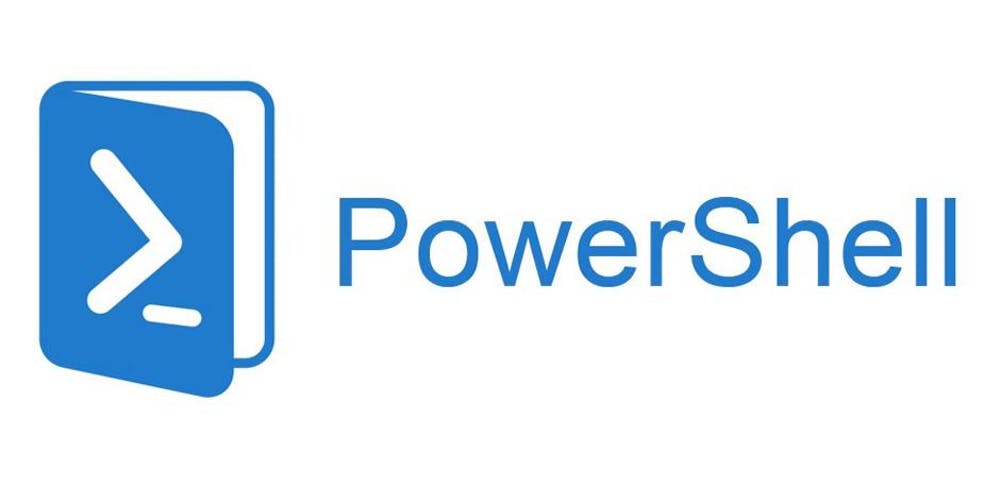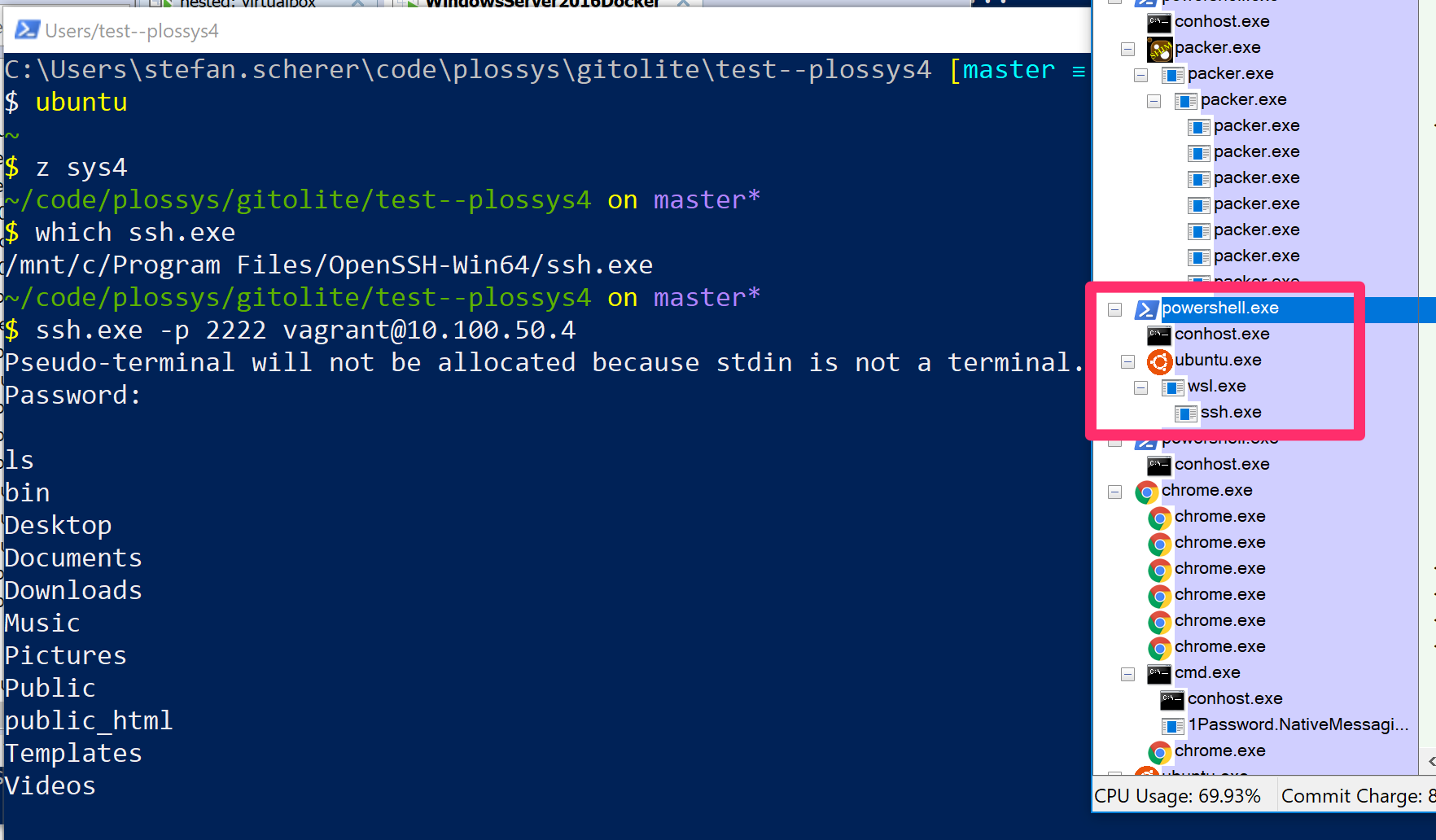


Change the policy only for the Current SessionsĪnother option is to change the policy only for the current PowerShell session. So when you set the CurrentUser policy to restricted and LocalMachine to RemoteSigned, then the user still can’t execute any PowerShell script, because the policy set in the CurrentUser scope overrules the LocalMachine policy. Good to know is that the CurrentUser policy takes precedence over the LocalMachine policy. We can verify the results with the cmdlet Get-ExecutionPolicy -List which shows the policy for each scope. Set-ExecutionPolicy -ExecutionPolicy RemoteSigned -Scope LocalMachine Set-ExecutionPolicy
WINDOWS POWERSHELL NOT WORKING WINDOWS
Choose Windows PowerShell (Admin) or Windows Terminal (Admin).Right-Click on Start or press Windows key + X.To do this, you will need to have elevated permissions (Administrator permission). We can also change the policy for all users on a computer. \CreateTestFiles.ps1 Unblock remote files Set Execution Policy for all Users Simply type the cmdlet followed by the filename/path: Unblock-File -path. To do this we can of course use a PowerShell cmdlet, Unblock-File. To solve this you will first need to unblock the file. The PowerShell script is not digitally signed: Not digitally signed When you try to run a downloaded PowerShell script with the execution policy RemoteSigned, then you get the error that the file cannot be loaded. You can now run any locally created PowerShell script without the error running scripts is disabled on this system. Optional – Verify the setting with the command Get-ExecutionPolicy.Set-ExecutionPolicy -ExecutionPolicy RemoteSigned -Scope CurrentUser


WINDOWS POWERSHELL NOT WORKING HOW TO
But before we look into how to change the policy, let’s first explain its purpose and the different policies that are available. When you work a lot with PowerShell scripts then you probably want to change the Execution Policy permanently. Changing the Execution Policy Permanently A more sustainable solution is to change the execution policy. This works great for a single file, but it requires you to use the command above every time that you want to run the file. The method above bypasses the execution policy only temporarily. Powershell -ExecutionPolicy Bypass -File script.ps1 Enter the command below to run your script.For a more sustainable solution, scroll a bit down to the next chapter. The method below only solves the issue temporarily, so you can run your script and continue.


 0 kommentar(er)
0 kommentar(er)
